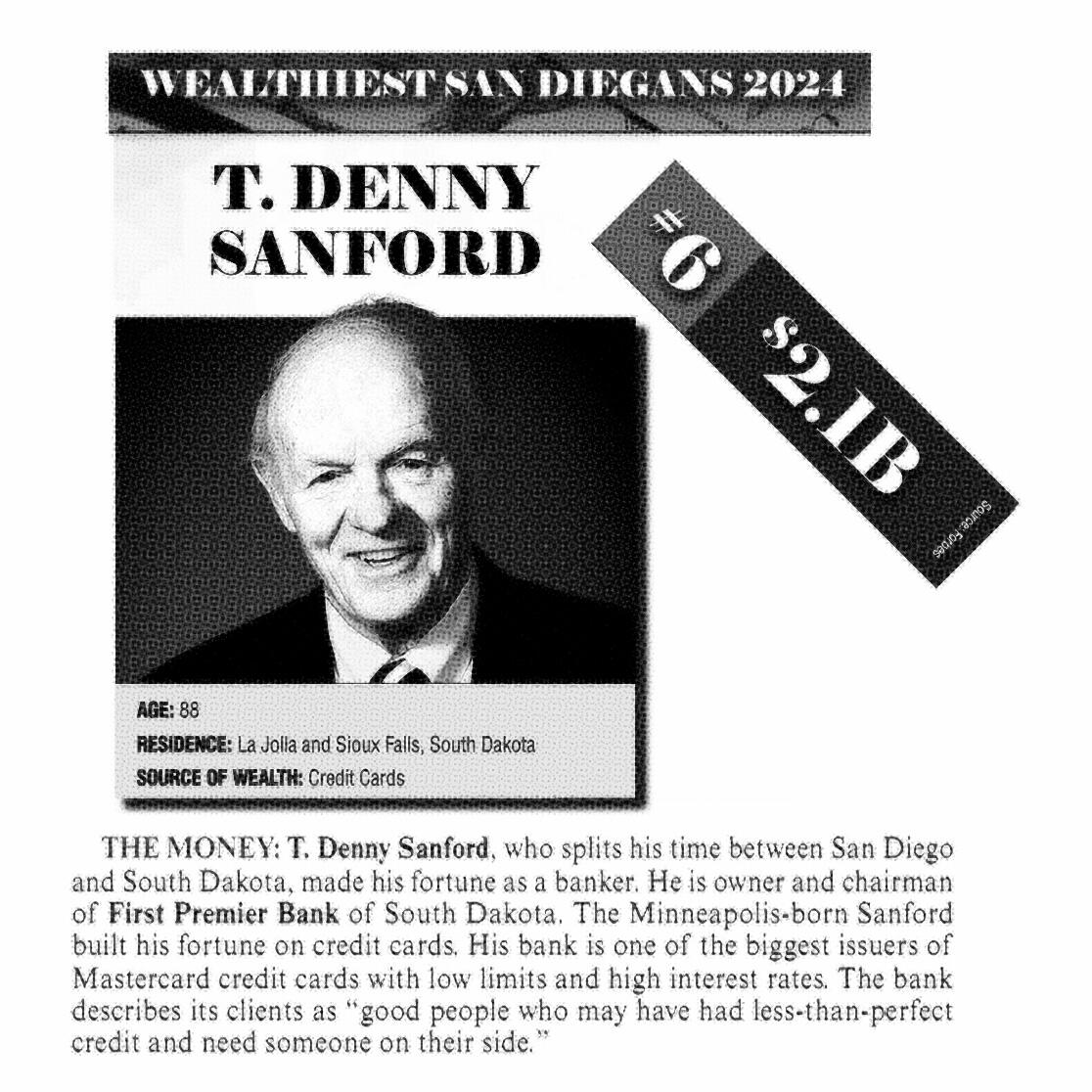August 18th, 2025
Switcheroo:
Co-opting the Housing Crisis
by Ali Mehraban Ramirez, Union of Finite Modes
Recent pieces from VOSD and KPBS want to unleash the beast of private developers, claiming it will make San Diego affordable.

Developer Ray Huffman and the stuffed lion he hunted in Botswana.
Photo by Jim Coit
Many years ago, when developers gave up on building housing for the “Sears crowd”, and instead shifted to building for the “Neiman Marcus crowd” who increasingly became the only ones to afford houses under rocketing inflation and the belt-tightening politics of the late 20th century, we had the first signs of the housing crisis as we know it today. Much like yesteryear, the crisis only seems to surface when middle-class horizons begin to slip away towards a dead-end future which has constantly loomed over the working class.The Voice of San Diego video by Bella Ross titled, “San Diego 101: Why Is It so Hard to Build Housing?” attempts to describe the housing crisis, in an easily digestible form suited for social media viewers, and gestures towards “common-sense” economic solutions such as increasing supply and getting rid of bureaucratic “red tape”. These ideas are wrapped in the aesthetic language of a 1980’s/90’s public news segment, which resonates alarmingly well with the neoliberal arguments of the time, in which the state’s responsibility to care for its citizens was stripped away and handed over to private capital and the boom & bust cycles of the market. This half-century of Neoliberalism has been a complete success of redistributing enormous amounts of wealth to corporations and private equity, with unprecedented levels of wealth inequality that we know so well today. The best way out of this crisis, according to Ross’s reportage, is just do it all over again.This video and similar pieces recently published by KPBS, reduce the housing crisis to a housing shortage, where all roads lead to increasing supply, and end up with dubious claims that adding more luxury units will help with affordability. With this switcheroo, the crisis is diverted from questions of class inequality and cost burdened renters, and focused on liberating private developers from the shackles of building codes and permits, environmental responsibility, developmental impact fees, and concerned citizens. With the recentering of this supply-side reasoning, what is conveniently set to the periphery are the victims of gentrification and displacement, and the unconscionable manufacturing of homelessness. What is never questioned is the god-given right of landlords to turn our basic needs into a profit extraction machine. With rhetorical magic tricks like this, no wonder the local Landlord lobby donates to Voice of San Diego. Spurring on private developers to erect more housing with the bare minimum of affordable units depends on a very powerful motivator, the same one responsible for skyrocketing rents: the Profit Motive.

The North Harbor Drive House that hosted the Real World: San Diego Season 4 (2004)
The same day as the “San Diego 101” video was published, the ideologues behind this narrative were tightening their ranks at the YIMBY (Yes In My Backyard) Democrats of San Diego “soiree” at the first hotel development to pave over Mission Valley, the Town and Country Resort. The primary sponsor of this fundraising event: Airbnb. The short term rental (STR) giant has done astounding amounts of damage to housing markets everywhere, allowing investors and landlords to maximize profits, remove housing from the local market, and displace renters through inflated property values. San Diego struggles with regulating STRs, even after passing a cap to limit single unit licenses to one per host, one Ocean Beach landlord, Michael Mills, managed to scheme his way into 114 licenses. His long-term tenants faced unlawful rent increases, and after a few were illegally served eviction notices for him to exploit the STR market, they sued him and won their right to stay in their homes. Mills is one of many examples of private landlords in our city who choose renting to tourists for incredible profits, over renting to locals at affordable rates. Ross, in a follow up video, claims that releasing these units to the long-term rental market wouldn’t really help, that the 4,230 STRs in Beach communities spanning from Point Loma to Encinitas wouldn’t make a difference to the “average San Diegan” as they are “beach front properties”. Taking for granted that beach front communities should be reserved for the wealthy and tourists, this statement is also in contradiction with their own “filtering” theory that YIMBYs deploy, hypothesizing that increased luxury housing supply helps free up affordable housing from the wealthy residents currently living in them. According to this logic, why not free up thousands of “beach-front” properties to then free up thousands of affordable rentals currently being rented by the wealthy? Unfortunately, The mechanical wonderland where we all filter into paying exactly 30% of our incomes on housing doesn’t exist, and studies show that the filtering argument is full of problems regarding how long it takes, the actual impact on low income renters, and how counterproductive it is in preventing displacement when compared to just building affordable housing. Sidelining the less capital-intensive approach of cracking down on almost 13,000 STR’s listed in our city, while going the distance to argue for more capital-centric development only serves to protect opportunistic landlords and developers banking on the steady rise in property values.
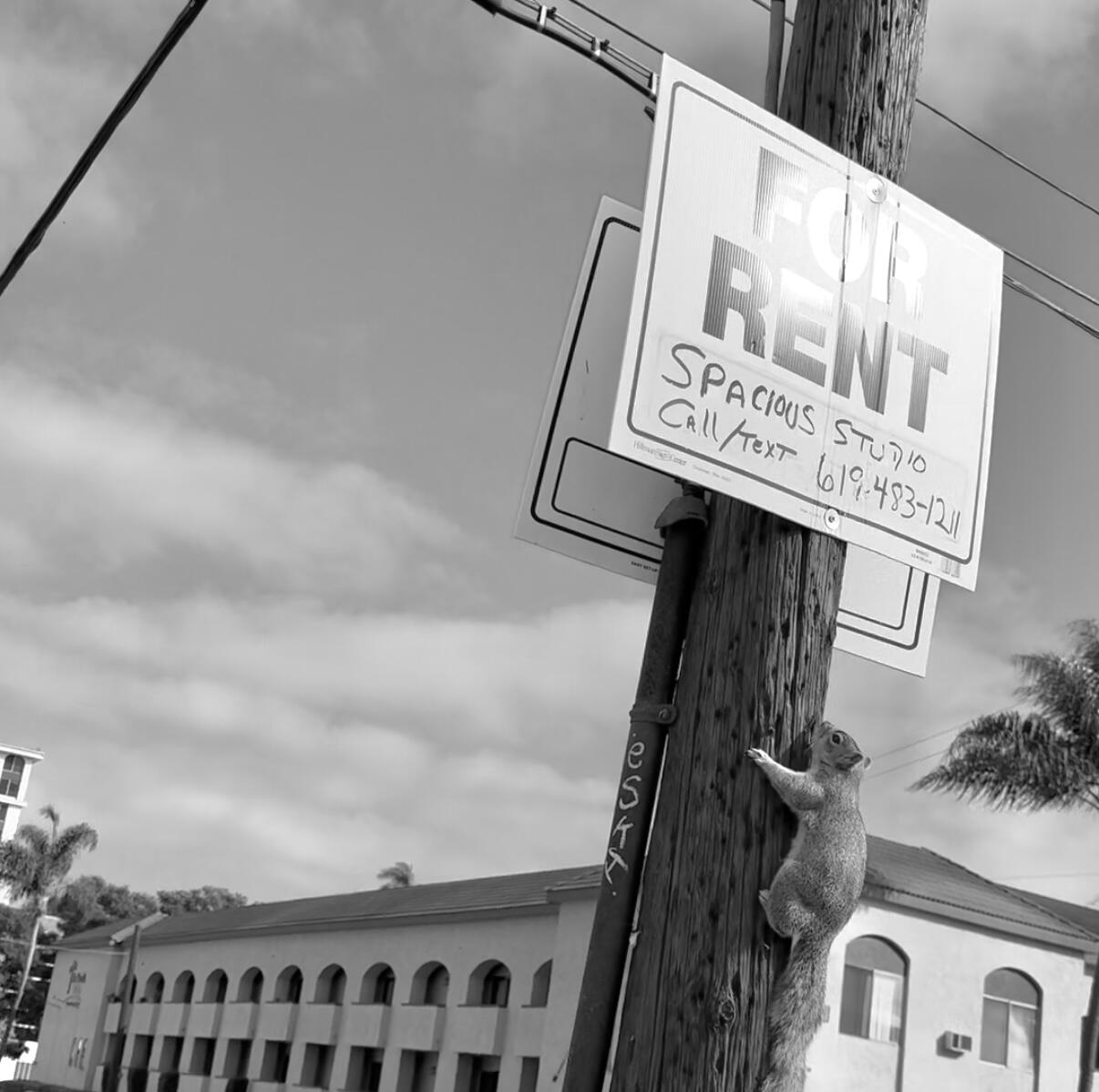
The melange of reporters involved in this current push must take their profession lightly when referring to the projected housing needs without raising the obvious objections that will drive any “average San Diegan” to be infuriated. The Regional Housing Needs Assessment (RHNA) was mandated in 2019 by the California Department of Housing & Community Development (HCD) and the San Diego Association of Governments (SANDAG). It explicitly calls for our county to build most of its future housing for “above-moderate income” renters - the wealthiest of the four income categories. The state is mandating that 42.5% of all housing built until 2029 be for this category of high earners, for whom $2,746 a month is “affordable” for a single person. Today, that would require at least three minimum wage incomes to afford. According to the most recent census data for San Diego County, excluding above-moderate income households, three out of four renters are considered cost burdened, and half of them are considered ”severely cost burdened” from giving landlords more than 50% of their income every month. Naturally, the majority of renters in the above-moderate income category spend less than 25% of their income on rent and are unburdened by the overwhelming expense of rent that working class San Diegan’s face. How can we talk about a housing crisis if its “neediest” victims are those who easily afford to pay market-rate (and higher) rents?
The methodology of the RHNA assessment is so ineffective at supporting the most cost burdened households, they are even considering fixing it for the next housing cycle ending in 2040. The first policy reconsideration in their assessment is to “adjust the income distribution”, because “...consensus emerged that a more substantial share of the Regional Housing Need Determination should be dedicated to addressing the housing needs of lower-income individuals and families.“ (pg 62.) With this adjustment of the income category limits, a county like Los Angeles would mandate that 56.2% of housing be built for very low and low income households, and 25.9% would be for above moderate income households. The current cycle assigns the construction of just 40.7% very-low and low income units and a whopping 42.5% of above-moderate income units. They also embarrassingly admit that the “process does not currently include special consideration for people experiencing homelessness. The basis of the determination is a demographic projection based on people that live in households.” This is exactly the danger of turning the housing crisis into an “all incomes matter” crisis, where instead of prioritizing the needs of the most vulnerable and precarious, they charitably accommodate everybody else first. This steamrolling of inequality quickly leads to a prescription of gentrification under the guise of "mixed-income" diversity.
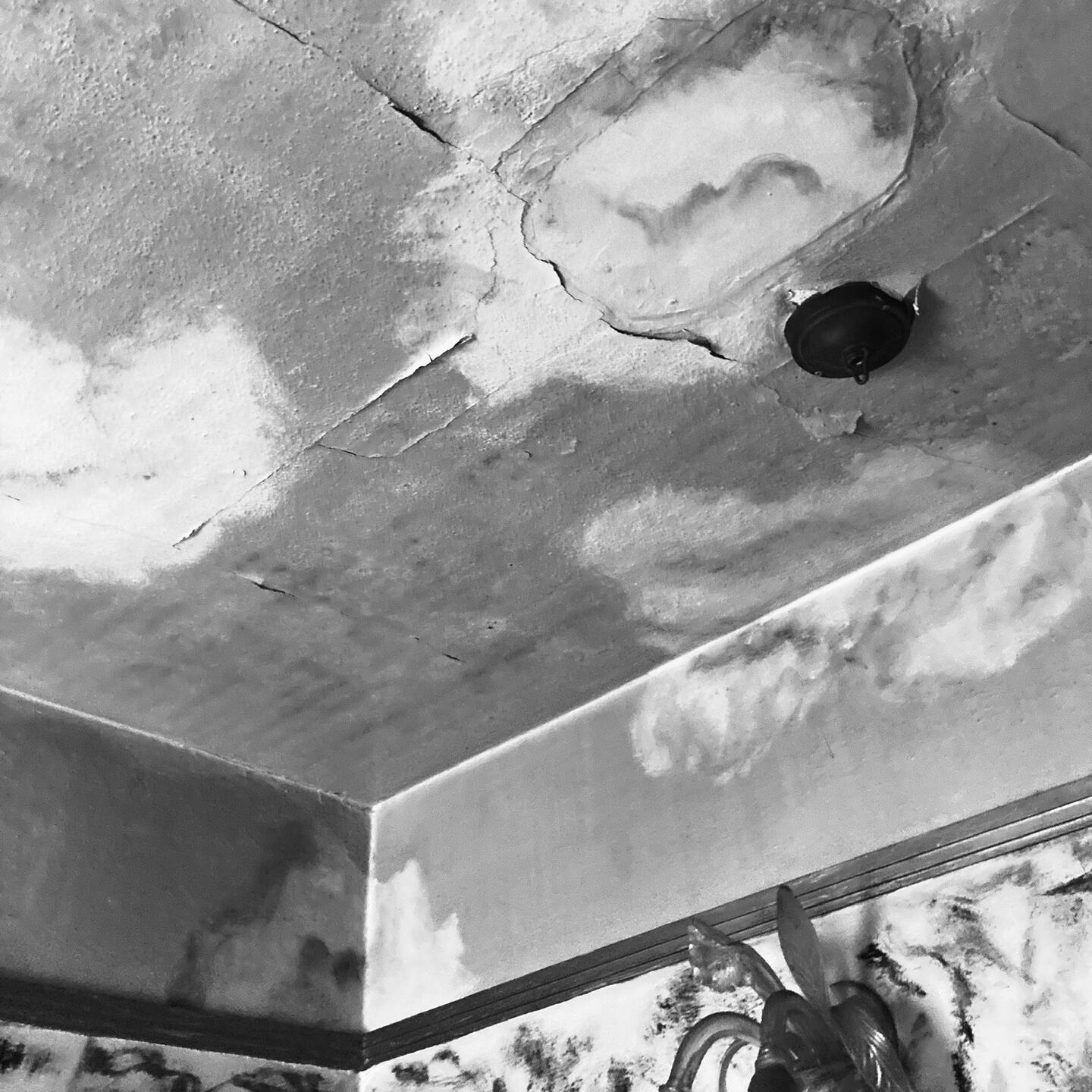
A third of the way into this RHNA cycle, developers have shown that they are firmly committed to building housing for the highest profits. Now, more than ever, when confronted with supply-side arguments, the question we need to forefront is: What kind of housing do we need? If we need affordable housing, we must guarantee its construction, not suggest it be inched in with luxury housing. If we need affordable housing, we need to ban short term rentals to prevent profiteers from turning entire apartment complexes into Airbnb “Hotels” and hand out fines to wealthy home-hoarders who allow tens of thousands of homes to sit vacant. If we need affordable housing, we need to preserve what remains of it in neighborhoods like Barrio Logan that are increasingly vulnerable to gentrification. If we need affordable housing, it is unacceptable that we allow developers to build with only 10% of units required to be affordable - and absent serious rent control, sprinkling in those units are not enough to counteract the thousands of affordable homes we risk losing as “naturally occurring” affordable housing gets more expensive and deed-restrictions expire. It is shamefully obvious why supply-obsessed YIMBYs and their buddies in the media focus on giving the green light to private equity and developers: the deep pockets aligned with the national YIMBY movement, including Airbnb, reap outrageous profits by building extravagant dreams for the wealthy and paycheck-to-paycheck nightmares for the rest of us.
It will take many approaches to take on this very powerful constituent of landowners who protect their rising property values at all costs, but there are plenty of examples, near and far, to learn from. On the policy level, taxing the millionaires and billionaires of San Diego could create a fund for our city to build real social housing. On the ground, ongoing struggles from black and brown working class San Diegan’s need to be supported and learned from, like the community land trust being organized by Tierras Indigenas, legal actions being taken to stop illegal rent increases by coalitions including the San Diego Tenants United or the even more expansive rights of City Heights’ refugee farmers to create the beautiful New Roots Garden out of a vacant lot. The reporters of today’s YIMBY-mania need to reflect on who they serve with these narratives around development, especially if their publication alleges to value “accessible and affordable housing for all.” If the composition of that “housing for all” does not center the hundreds of thousands of vulnerable, cost-burdened renters and thousands of homeless community members, groups which are both disproportionately black and brown, then it is nothing but mere virtue signaling. As long as the wealthy continue to profit from increasing property values, and are incentivized to hoard housing, we will be stuck in a manufactured crisis loop, and YIMBYs and their friends in the media will do their song and dance endlessly, which just so happens to be the favorite among developers and landlords.
Officially downsizing studio space soon. Event programming will happen offsite, except for one last hurrah. Film Screening + Blowout Party?
Past Events:







August 18th, 2025
Switcheroo:
Co-opting the Housing Crisis
by Ali Mehraban Ramirez, Union of Finite Modes
Recent pieces from VOSD and KPBS want to unleash the beast of private developers, and claim it will make San Diego affordable.

Developer Ray Huffman and the stuffed lion he hunted in Botswana.
Photo by Jim Coit
Many years ago, when developers gave up on building housing for the “Sears crowd”, and instead shifted to building for the “Neiman Marcus crowd” who increasingly became the only ones to afford houses under rocketing inflation and the belt-tightening politics of the late 20th century, we had the first signs of the housing crisis as we know it today. Much like yesteryear, the crisis only seems to surface when middle-class horizons begin to slip away towards a dead-end future which has constantly loomed over the working class.The Voice of San Diego video by Bella Ross titled, “San Diego 101: Why Is It so Hard to Build Housing?” attempts to describe the housing crisis, in an easily digestible form suited for social media viewers, and gestures towards “common-sense” economic solutions such as increasing supply and getting rid of bureaucratic “red tape”. These ideas are wrapped in the aesthetic language of a 1980’s/90’s public news segment, which resonates alarmingly well with the neoliberal arguments of the time, in which the state’s responsibility to care for its citizens was stripped away and handed over to private capital and the boom & bust cycles of the market. This half-century of Neoliberalism has been a complete success of redistributing enormous amounts of wealth to corporations and private equity, with unprecedented levels of wealth inequality that we know so well today. The best way out of this crisis, according to Ross’s reportage, is just do it all over again.This video and similar pieces recently published by KPBS, reduce the housing crisis to a housing shortage, where all roads lead to increasing supply, and end up with dubious claims that adding more luxury units will help with affordability. With this switcheroo, the crisis is diverted from questions of class inequality and cost burdened renters, and focused on liberating private developers from the shackles of building codes and permits, environmental responsibility, developmental impact fees, and concerned citizens. With the recentering of this supply-side reasoning, what is conveniently set to the periphery are the victims of gentrification and displacement, and the unconscionable manufacturing of homelessness. What is never questioned is the god-given right of landlords to turn our basic needs into a profit extraction machine. With rhetorical magic tricks like this, no wonder the local landlord lobby donates to Voice of San Diego. Spurring on private developers to erect more housing with the bare minimum of affordable units depends on a very powerful motivator, the same one responsible for skyrocketing rents: the Profit Motive.
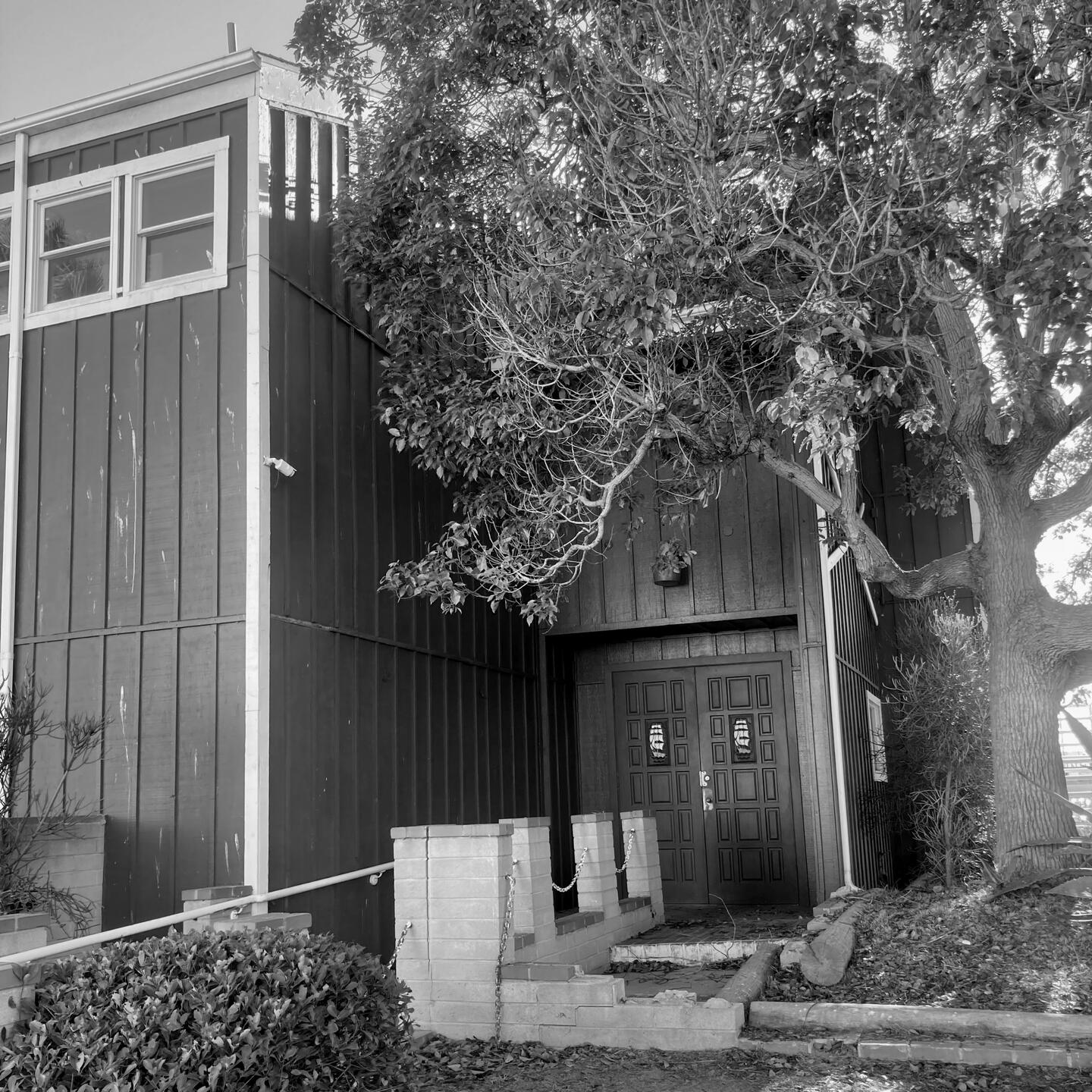
The North Harbor Drive House that hosted the Real World: San Diego Season 4 (2004)
The same day as the “San Diego 101” video was published, the ideologues behind this narrative were tightening their ranks at the YIMBY (Yes In My Backyard) Democrats of San Diego “soiree” at the first hotel development to pave over Mission Valley, the Town and Country Resort. The primary sponsor of this fundraising event: Airbnb. The short term rental (STR) giant has done astounding amounts of damage to housing markets everywhere, allowing investors and landlords to maximize profits, remove housing from the local market, and displace renters through inflated property values. San Diego struggles with regulating STRs, even after passing a cap to limit single unit licenses to one per host, one Ocean Beach landlord, Michael Mills, managed to scheme his way into 114 licenses. His long-term tenants faced unlawful rent increases, and after a few were illegally served eviction notices for him to exploit the STR market, they sued him and won their right to stay in their homes. Mills is one of many examples of private landlords in our city who choose renting to tourists for incredible profits, over renting to locals at affordable rates. Ross, in a follow up video, claims that releasing these units to the long-term rental market wouldn’t really help, that the 4,230 STRs in Beach communities spanning from Point Loma to Encinitas wouldn’t make a difference to the “average San Diegan” as they are “beach front properties”. Taking for granted that beach front communities should be reserved for the wealthy and tourists, this statement is also in contradiction with their own “filtering” theory that YIMBYs deploy, hypothesizing that increased luxury housing supply helps free up affordable housing from the wealthy residents currently living in them. According to this logic, why not free up thousands of “beach-front” properties to then free up thousands of affordable rentals currently being rented by the wealthy? Unfortunately, the mechanical wonderland where we all filter into paying exactly 30% of our incomes on housing doesn’t exist, and studies show that he filtering argument is full of problems regarding how long it takes, the actual impact on low income renters, and how counterproductive it is in preventing displacement when compared to just building affordable housing. Sidelining the less capital-intensive approach of cracking down on almost 13,000 STR’s listed in our city, while going the distance to argue for more capital-centric development only serves to protect opportunistic landlords and developers banking on the steady rise in property values.
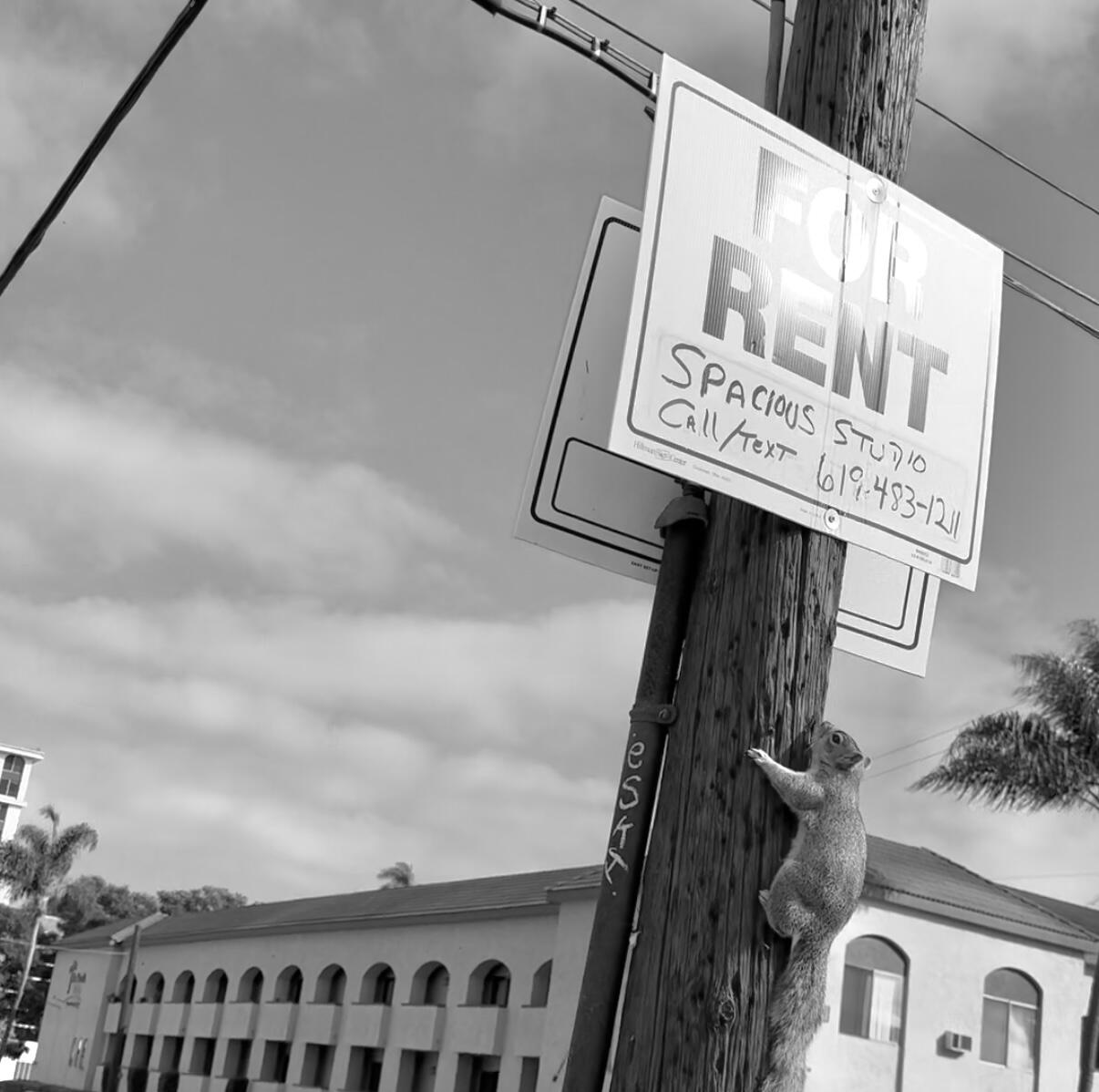
The melange of reporters involved in this current push must take their profession lightly when referring to the projected housing needs without raising the obvious objections that will drive any “average San Diegan” to be infuriated. The Regional Housing Needs Assessment (RHNA) was mandated in 2019 by the California Department of Housing & Community Development (HCD) and the San Diego Association of Governments (SANDAG). It explicitly calls for our county to build most of its future housing for “above-moderate income” renters - the wealthiest of the four income categories. The state is mandating that 42.5% of all housing built until 2029 be for this category of high earners, for whom $2,746 a month is “affordable” for a single person. Today, that would require at least three minimum wage incomes to afford. According to the most recent census data for San Diego County, excluding above-moderate income households, three out of four renters are considered cost burdened, and half of them are considered ”severely cost burdened” from giving landlords more than 50% of their income every month. Naturally, the majority of renters in the above-moderate income category spend less than 25% of their income on rent and are unburdened by the overwhelming expense of rent that working class San Diegan’s face. How can we talk about a housing crisis if its “neediest” victims are those who easily afford to pay market-rate (and higher) rents?
The methodology of the RHNA assessment is so ineffective at supporting the most cost burdened households, they are even considering fixing it for the next housing cycle ending in 2040. The first policy reconsideration in their assessment is to “adjust the income distribution”, because “...consensus emerged that a more substantial share of the Regional Housing Need Determination should be dedicated to addressing the housing needs of lower-income individuals and families.“ (pg 62.) With this adjustment of the income category limits, a county like Los Angeles would mandate that 56.2% of housing be built for very low and low income households, and 25.9% would be for above moderate income households. The current cycle assigns the construction of just 40.7% very-low and low income units and a whopping 42.5% of above-moderate income units. They also embarrassingly admit that the “process does not currently include special consideration for people experiencing homelessness. The basis of the determination is a demographic projection based on people that live in households.” This is exactly the danger of turning the housing crisis into an “all incomes matter” crisis, where instead of prioritizing the needs of the most vulnerable and precarious, they charitably accommodate everybody else first. This steamrolling of inequality quickly leads to a prescription of gentrification under the guise of "mixed-income" diversity.

A third of the way into this RHNA cycle, developers have shown that they are firmly committed to building housing for the highest profits. Now, more than ever, when confronted with supply-side arguments, the question we need to forefront is: What kind of housing do we need? If we need affordable housing, we must guarantee its construction, not suggest it be inched in with luxury housing. If we need affordable housing, we need to ban short term rentals to prevent profiteers from turning entire apartment complexes into Airbnb “Hotels” and hand out fines to wealthy home-hoarders who allow tens of thousands of homes to sit vacant. If we need affordable housing, we need to preserve what remains of it in neighborhoods like Barrio Logan that are increasingly vulnerable to gentrification. If we need affordable housing, it is unacceptable that we allow developers to build with only 10% of units required to be affordable - and absent serious rent control, sprinkling in those units are not enough to counteract the thousands of affordable homes we risk losing as “naturally occurring” affordable housing gets more expensive and deed-restrictions expire. It is shamefully obvious why supply-obsessed YIMBYs and their buddies in the media focus on giving the green light to private equity and developers: the deep pockets aligned with the national YIMBY movement, including Airbnb, reap outrageous profits by building extravagant dreams for the wealthy and paycheck-to-paycheck nightmares for the rest of us.
It will take many approaches to take on this very powerful constituent of landowners who protect their rising property values at all costs, but there are plenty of examples, near and far, to learn from. On the policy level, taxing the millionaires and billionaires of San Diego could create a fund for our city to build real social housing. On the ground, ongoing struggles from black and brown working class San Diegan’s need to be supported and learned from, like the community land trust being organized by Tierras Indigenas, legal actions being taken to stop illegal rent increases by coalitions including the San Diego Tenants United or the even more expansive rights of City Heights’ refugee farmers to create the beautiful New Roots Garden out of a vacant lot. The reporters of today’s YIMBY-mania need to reflect on who they serve with these narratives around development, especially if their publication alleges to value “accessible and affordable housing for all.” If the composition of that “housing for all” does not center the hundreds of thousands of vulnerable, cost-burdened renters and thousands of homeless community members, groups which are both disproportionately black and brown, then it is nothing but mere virtue signaling. As long as the wealthy continue to profit from increasing property values, and are incentivized to hoard housing, we will be stuck in a manufactured crisis loop, and YIMBYs and their friends in the media will do their song and dance endlessly, which just so happens to be the favorite among developers and landlords.
sign up for our mailing list to stay up to
date about our events and other stuff.
need to get a hold of us?



